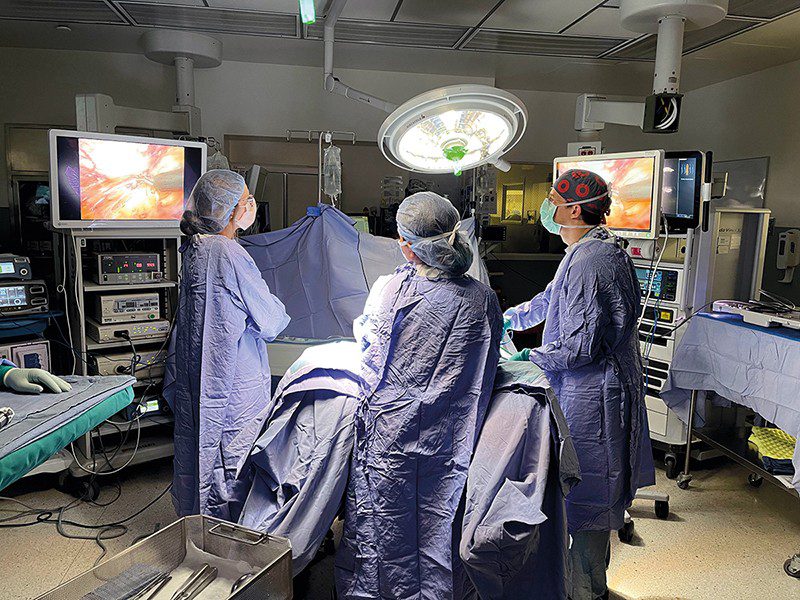Information center / Cancer / Prevention / Science / Women's health
The origins of ovarian cancer

(Sarah DeWeerdt/ Nature) — After Ana Castillo underwent a double mastectomy two years ago, she had one question for her doctors: “What’s the next step?”
Castillo carries an altered form of a gene known as BRCA2 that makes her 3–5 times more likely than the general population to develop breast cancer, and between 9 and 14 times more likely to get ovarian cancer1. The removal of both her breasts drastically reduced Castillo’s breast cancer risk.
To address her risk of ovarian cancer, her doctors at MD Anderson Cancer Center in Houston, Texas, suggested two possible courses of action. She could have her ovaries and fallopian tubes taken out at around age 45 — the standard risk-reducing surgery for people who carry mutations in BRCA2 or other ovarian cancer risk genes. Or, Castillo could have just her fallopian tubes removed now, at the age of 36, and keep her ovaries for another 10 years. (…)
Categories
